Three capacitors are arranged as shown in. Find the equivalent capactiy across the points A and B.
 .
.
Video Solution
Text Solution
Since there is no capacitor in the path APB, the points A, P, and B are electrically same, i.e., the input and output points are directly connected (short circuited).
Thus, the entire charge will prefer to flow along the path APB. It means that the capacitors connected in the circuit will not receive any charge for storing. Thus, the equivalent capacitance of this circuit is zero.
|
Updated on:21/07/2023
Topper's Solved these Questions
- BOOK - CENGAGE PHYSICSCHAPTER - CAPACITOR AND CAPACITANCEEXERCISE - Solved Examples10videos
CAPACITOR AND CAPACITANCE
- BOOK - CENGAGE PHYSICSCHAPTER - CAPACITOR AND CAPACITANCEEXERCISE - Exercise 4.113videos
CAPACITOR AND CAPACITANCE
- BOOK - CENGAGE PHYSICSCHAPTER - ATOMSEXERCISE - QUESTION BANK40videos
ATOMS
- BOOK - CENGAGE PHYSICSCHAPTER - CENGAGE PHYSICS DPPEXERCISE - subjective type51videos
CENGAGE PHYSICS DPP
Similar Questions
Knowledge Check
- Question 1 - Select One
In , different capacitors are arranged. Find the equivalent capacity across the points (A) and (B)
.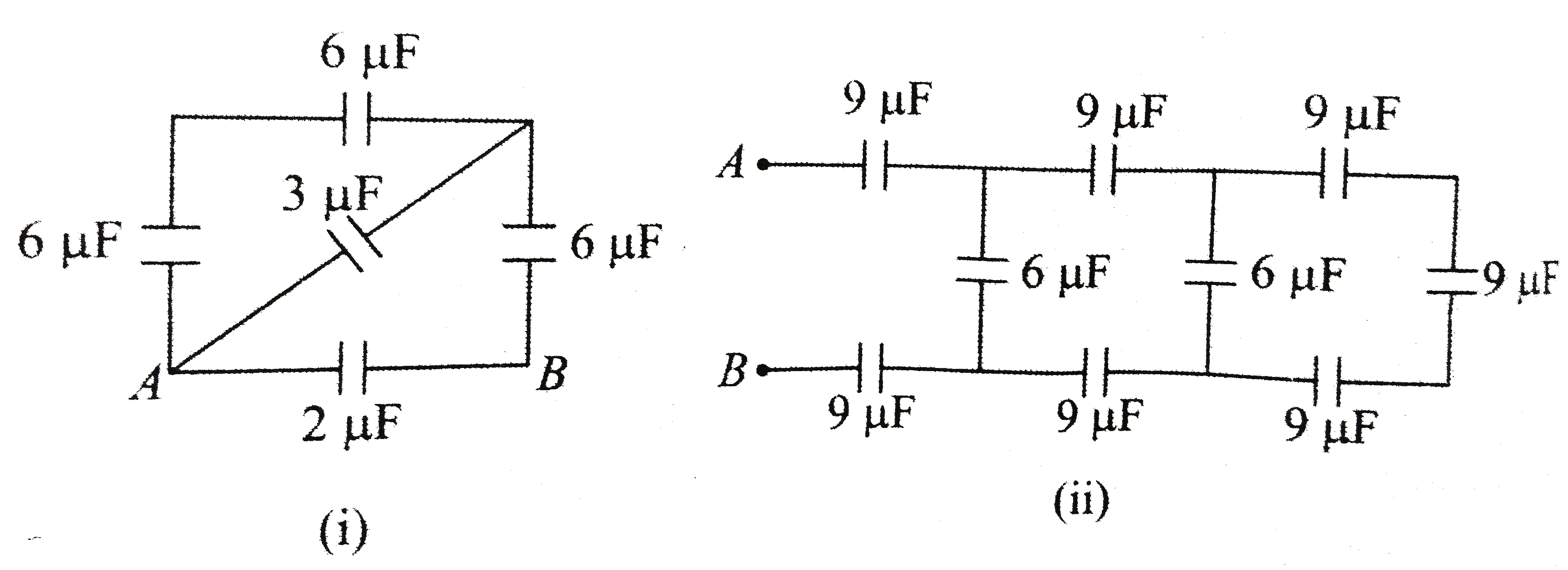 .A5uF 3uFB15uF 13uFC50uF 30uFD50uF 23uF
.A5uF 3uFB15uF 13uFC50uF 30uFD50uF 23uF - Question 2 - Select One
Find the equivalent capacitance across A&B
 A283μFB152μFC15μFDNone
A283μFB152μFC15μFDNone - Question 3 - Select One
Find the equivalent capacitance across A and B.
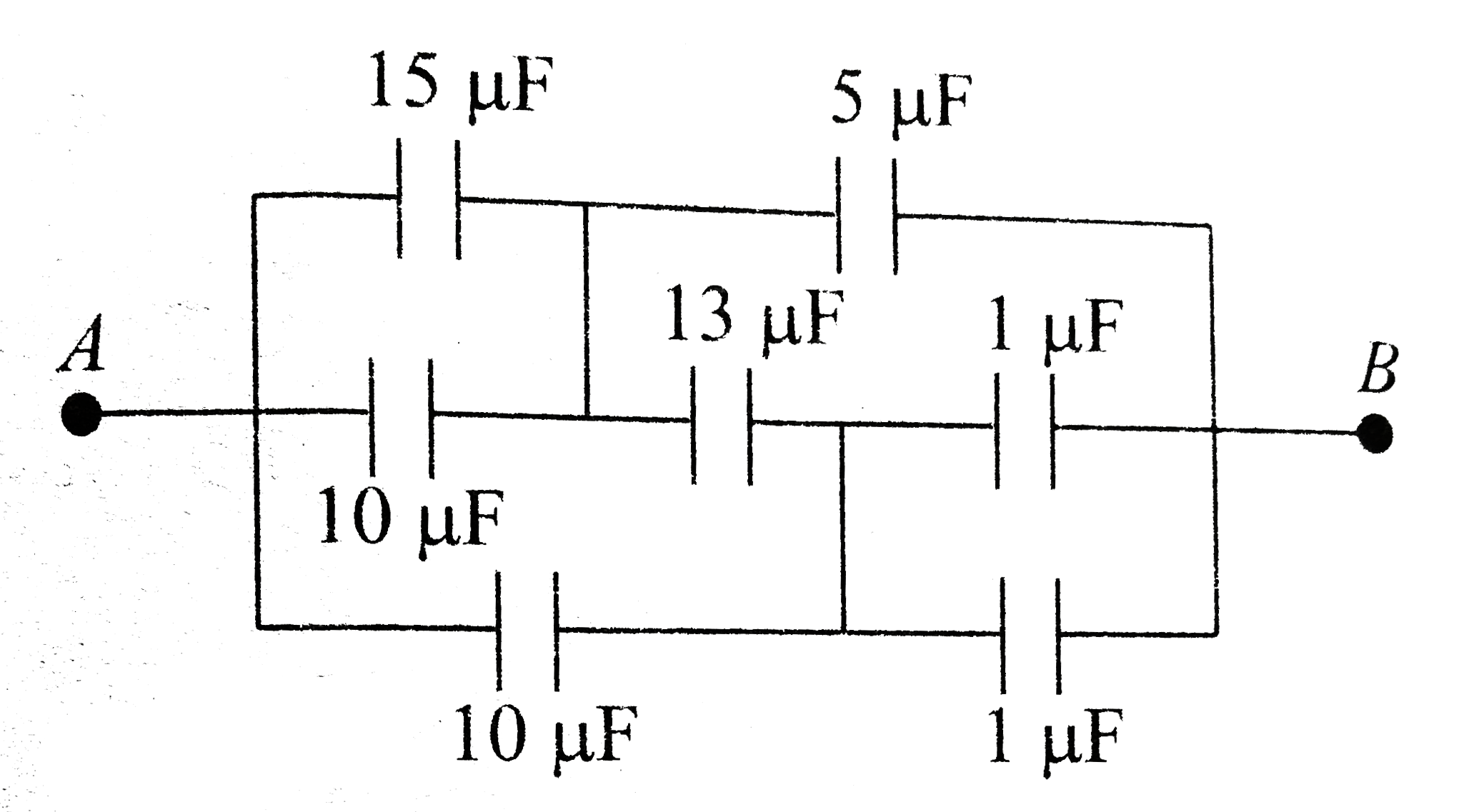 .A356μFB256μFC15μFDnone of these
.A356μFB256μFC15μFDnone of these
Find the equivalent capacitance across A & B
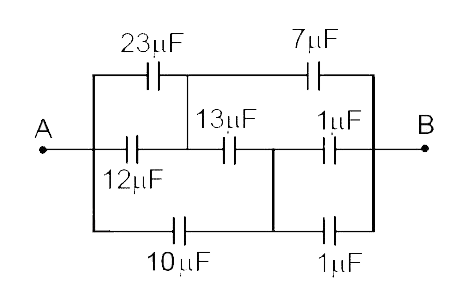 View Solution
View SolutionFive capacitors are connected as shown in figure. Find the equivalent capacitance between points A and B.
 View Solution
View SolutionFind equivalent resistance across points A and B.
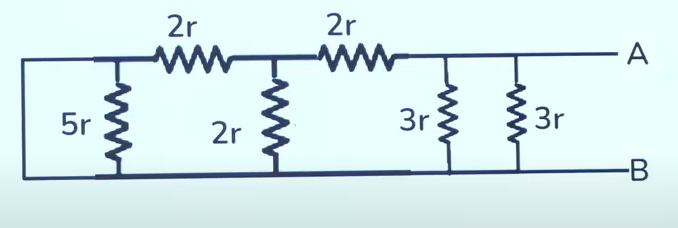 View Solution
View SolutionFour capacitors are connected as shown in Fig. The equivalent capacitance between the points A and B is
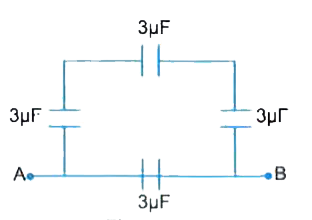 View Solution
View SolutionFour capacitors are connected as shown . The equivalent capacitance between the points P and Q is
 View Solution
View Solution


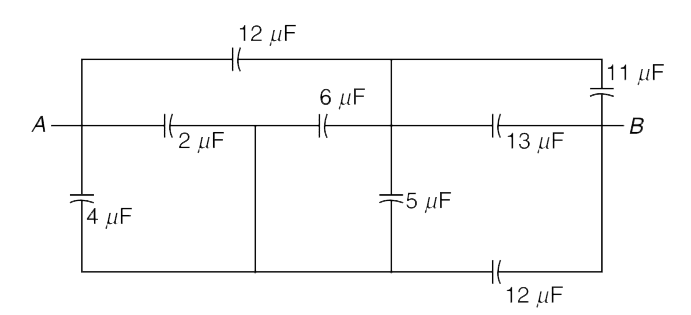
 .
.